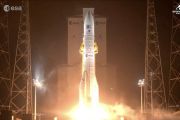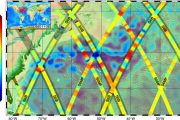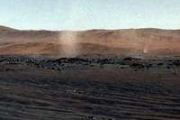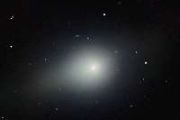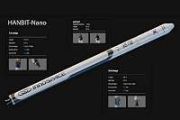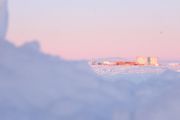
Copernical Team
China inflatable space capsule aces orbital test
 China's innovative inflatable capsule has successfully completed its in-orbit flight test aboard the Shijian-19 satellite, as announced by the China Academy of Space Technology (CAST) on Thursday. The test, described as a complete success, marks a significant step forward in space engineering.
The inflatable capsule represents a cutting-edge, multi-functional technology featuring a flexibl
China's innovative inflatable capsule has successfully completed its in-orbit flight test aboard the Shijian-19 satellite, as announced by the China Academy of Space Technology (CAST) on Thursday. The test, described as a complete success, marks a significant step forward in space engineering.
The inflatable capsule represents a cutting-edge, multi-functional technology featuring a flexibl Hubble reveals edge-on spiral galaxy with unique structure
 The NASA/ESA Hubble Space Telescope has captured a striking view of UGC 10043, a spiral galaxy located approximately 150 million light-years away in the Serpens constellation. This galaxy is seen edge-on, revealing a sharp silhouette of its disk rather than the familiar spiral arm pattern.
From this vantage point, UGC 10043's disk appears as a distinct line with thick, dark dust lanes that
The NASA/ESA Hubble Space Telescope has captured a striking view of UGC 10043, a spiral galaxy located approximately 150 million light-years away in the Serpens constellation. This galaxy is seen edge-on, revealing a sharp silhouette of its disk rather than the familiar spiral arm pattern.
From this vantage point, UGC 10043's disk appears as a distinct line with thick, dark dust lanes that Proba-3 will use laser for millimeter precision in space
This request seems a bit unusual, so we need to confirm that you're human. Please press and hold the button until it turns completely green. Thank you for your cooperation!
Press and hold the button
If you believe this is an error, please contact our support team.
185.132.36.159 : 37ef622d-ba5f-49ce-9188-4573a15e
Media invitation: Sentinel-1C pre-launch media briefings
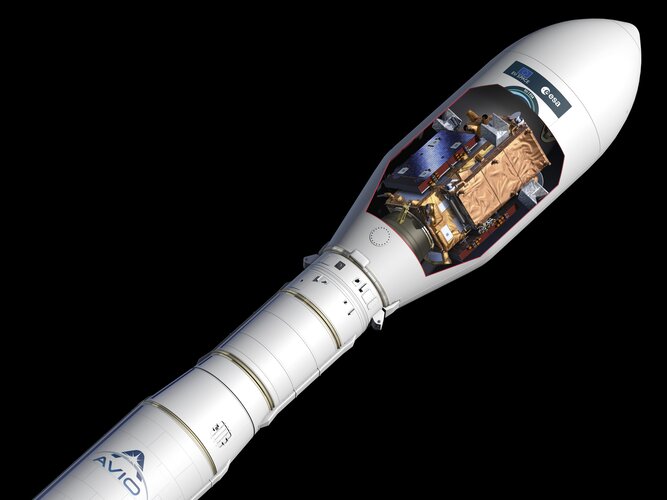
Media invitation: Sentinel-1C pre-launch media briefings
Media invitation: Proba-3 pre-launch media briefings
Press Release N° 65–2024
ESA’s Proba-3 mission will launch on a Polar Satellite Launch Vehicle (PSLV) from the Indian Space Research Organisation’s Satish Dhawan Space Centre (SHAR) on 4 December.
Week in images: 18-22 November 2024
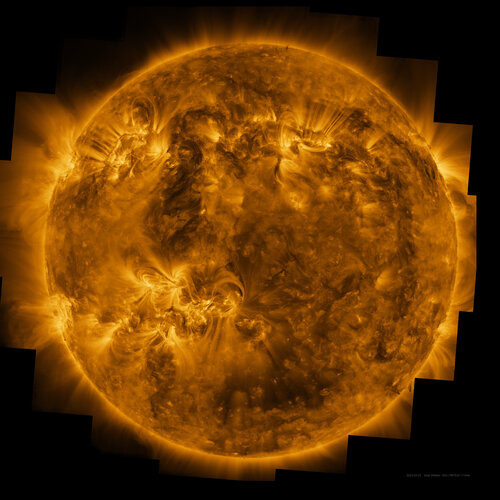
Week in images: 18-22 November 2024
Discover our week through the lens
SpaceX chalks up 82nd Space Coast launch of the year
This request seems a bit unusual, so we need to confirm that you're human. Please press and hold the button until it turns completely green. Thank you for your cooperation!
Press and hold the button
If you believe this is an error, please contact our support team.
185.132.36.159 : ba50e301-5baa-4624-a22c-36910e73
Artist impression of Sentinel-1C in the Vega-C launcher
 Image:
Artist impression of Sentinel-1C in the Vega-C launcher
Image:
Artist impression of Sentinel-1C in the Vega-C launcher Moving Sentinel-1C to Vega-C's Vampire payload adapter
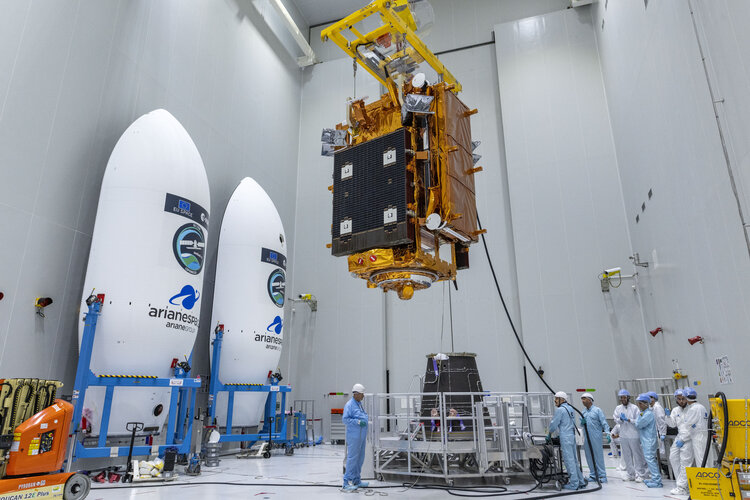 Image:
Moving Sentinel-1C to Vega-C's Vampire payload adapter
Image:
Moving Sentinel-1C to Vega-C's Vampire payload adapter 



